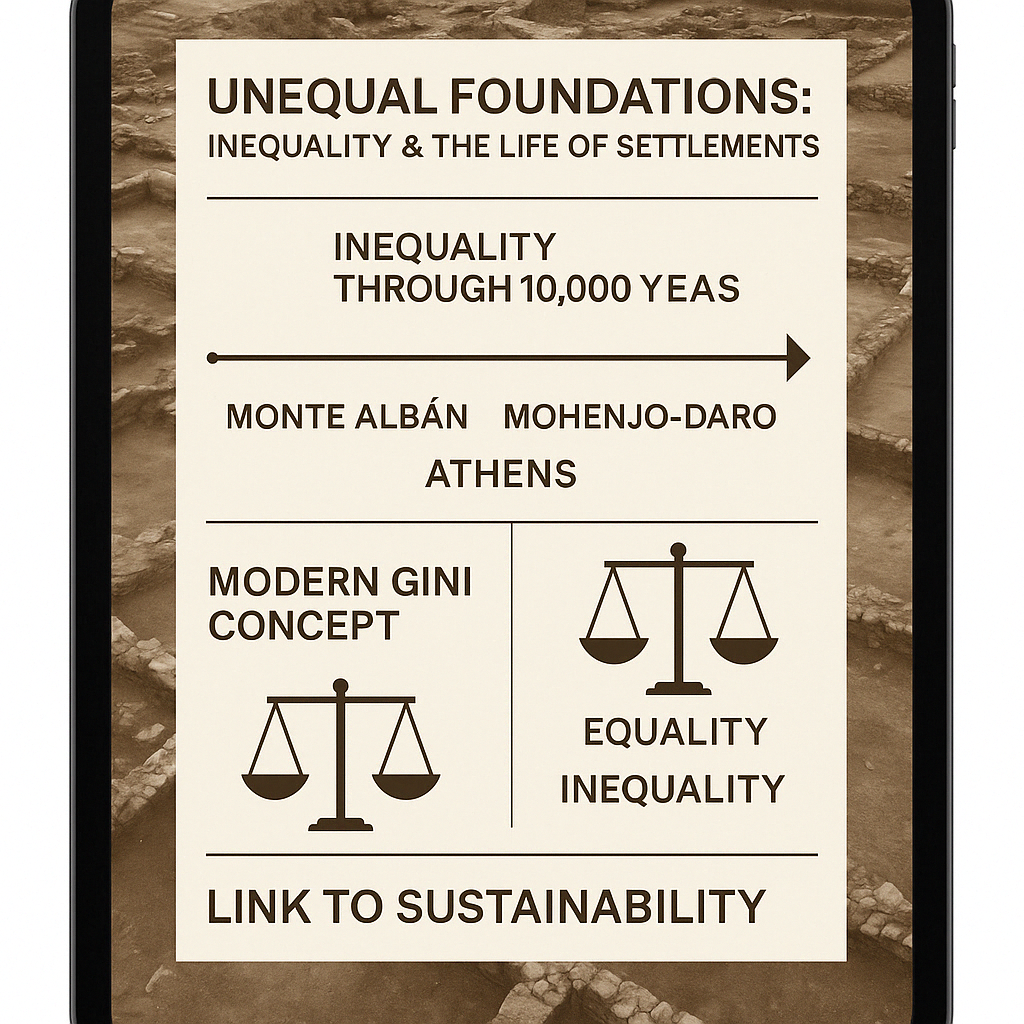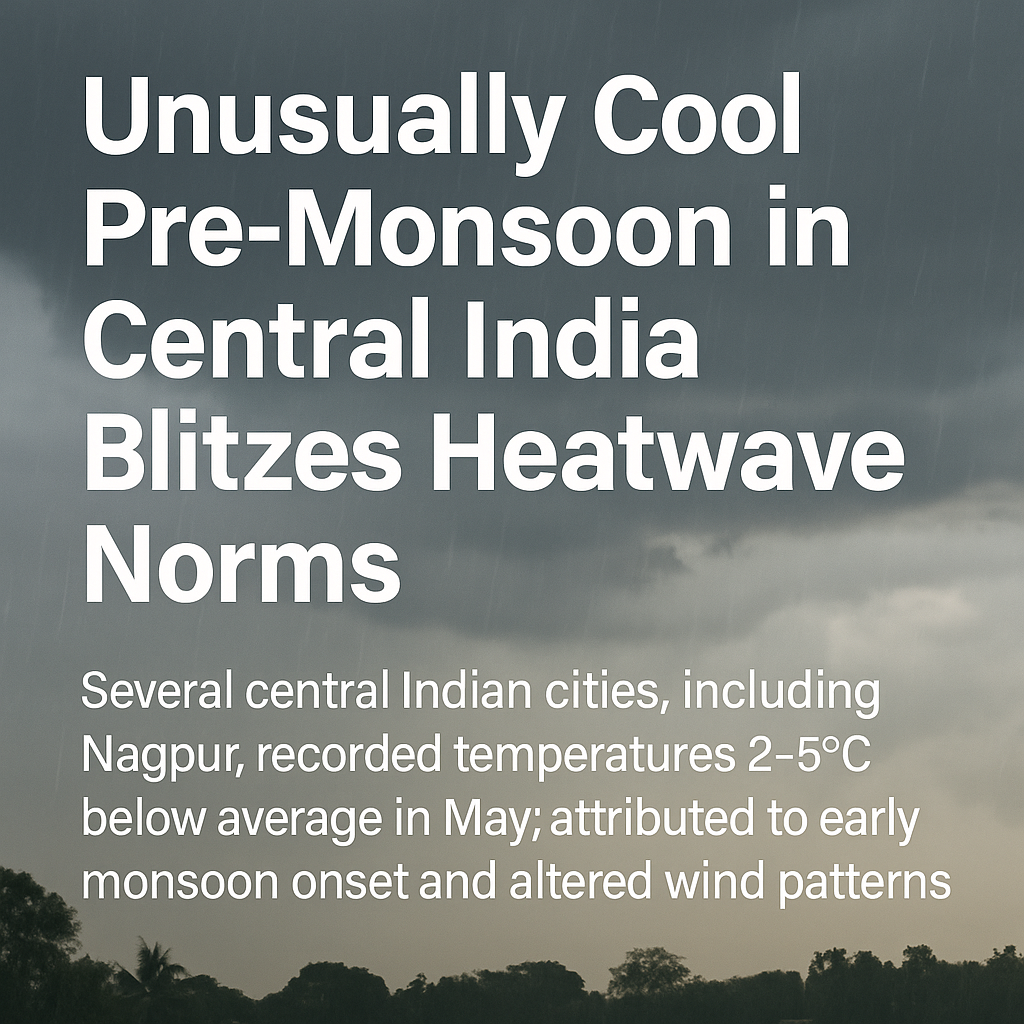
🧭June 21, 2025 Post 2: Nuclear Non-Proliferation Treaty: Global Tensions & India’s Ethical Stand | High Quality Mains Essay: From Proliferation to Responsibility: India’s Ethical Compass in a Nuclear-Tipped World | For IAS-2026 :Prelims MCQs
Nuclear Non-Proliferation Treaty: Global Tensions & India’s Ethical Stand

NATIONAL HERO
🗓 Post Date: June 21, 2025
📚 Thematic Focus: GS2 – Global Groupings | International Relations | Security & Ethics
🌊 Opening Whisper
“To divide the world into those allowed to threaten and those forbidden to defend—is not peace, but polite imbalance.”
🔍 Key Highlights
- Iran’s Parliament is drafting a bill to withdraw from the Nuclear Non-Proliferation Treaty (NPT), invoking Article X citing ‘extraordinary threats’.
- The NPT, signed in 1968 and enforced in 1970, is considered the cornerstone of global nuclear arms control with 191 member states.
- India, Pakistan, Israel, and South Sudan never joined. North Korea withdrew in 2003.
- India’s consistent objection has been to the discriminatory categorization of Nuclear Weapon States (NWS) and Non-Nuclear Weapon States (NNWS).
- India promotes a universal, verifiable disarmament regime and practices voluntary moratorium, No First Use (NFU), and stringent export control norms.
📘 Concept Explainer
What is the NPT?
The NPT is based on a three-pillar structure:
- Non-Proliferation – NWS agree not to spread nuclear weapons to NNWS.
- Disarmament – All parties commit to eventual nuclear disarmament.
- Peaceful Use – Allows sharing of nuclear tech for civilian purposes under IAEA safeguards.
🛑 Controversial Clause: Article X allows withdrawal from the treaty if national interests are “jeopardized.” This is what Iran is considering now.
India’s Standpoint:
India rejected NPT from the beginning. It views the treaty as legitimizing the nuclear monopoly of five NWS, while indefinitely denying others the right to possess nuclear deterrence, even if done responsibly.
Responsible Power:
Despite being a non-signatory, India has shown commitment through:
- No First Use Doctrine
- Voluntary Test Ban
- Adherence to MTCR, NSG waiver (2008), and export control norms
🗺️ GS Mains Mapping
- GS Paper 2
• International Treaties
• Nuclear Disarmament
• India’s Foreign Policy
• Global Groupings & Strategic Interests - GS Paper 3
• Strategic Technologies
• Internal and External Security
• Weapons of Mass Destruction (WMDs)
💭 A Thought Spark — by IAS Monk
“The power to destroy must never outrun the wisdom to refrain. In a world that dangles on deterrence, India’s voice whispers of restraint, balance, and responsible strength.”
High Quality Mains Essay For Practice :
Word Limit 1000-1200
From Proliferation to Responsibility: India’s Ethical Compass in a Nuclear-Tipped World
Introduction
The Nuclear Non-Proliferation Treaty (NPT), hailed as a landmark in arms control diplomacy, has long shaped the global nuclear order. Signed in 1968 and coming into force in 1970, the treaty sought to prevent the spread of nuclear weapons, promote peaceful use of nuclear technology, and ultimately achieve global disarmament. Yet, more than five decades later, the NPT stands at a critical crossroads. Recent developments — most notably Iran’s consideration to withdraw under Article X — highlight deep fissures in its structure and implementation.
India, despite remaining outside the fold of the NPT, has played a significant role in shaping the discourse around nuclear ethics, equity, and disarmament. Through its consistent policy of restraint, voluntary moratoriums, and responsible conduct, India has challenged the moral legitimacy of a world order that privileges a few nuclear-armed states while morally condemning others. This essay explores the evolution of the NPT regime, India’s principled dissent, and the broader implications for global nuclear governance in the 21st century.
The NPT Framework: Promise and Paradox
The NPT is built on a three-pillar framework: non-proliferation, disarmament, and peaceful use of nuclear technology. It recognizes five Nuclear Weapon States (NWS) — the United States, Russia, the United Kingdom, France, and China — and designates all others as Non-Nuclear Weapon States (NNWS). The treaty prohibits NNWS from acquiring nuclear weapons and obligates NWS not to transfer nuclear weapons or technology. It also envisions, albeit vaguely, a roadmap toward total disarmament (Article VI).
However, this very structure has generated criticism over time. The division between ‘haves’ and ‘have-nots’ is not merely legal — it is moral and strategic. While the NPT calls for disarmament, NWS continue to modernize and expand their arsenals. The slow pace of disarmament has eroded trust and led many to view the treaty as reinforcing nuclear hierarchies rather than eliminating them.
The Iran Question and the Fragility of the Regime
Iran’s decision to potentially withdraw from the NPT underscores both the flexibility and fragility of the treaty. Article X permits withdrawal if a nation’s supreme interests are endangered, with a three-month notice period. North Korea invoked the same clause in 2003, eventually becoming a nuclear-armed state.
Iran’s move comes amidst growing regional insecurity, tensions with Israel, and scrutiny from the International Atomic Energy Agency (IAEA). It reflects the broader challenge of enforcing compliance without mechanisms to address regional security imbalances. Critics argue that the NPT’s enforcement mechanisms disproportionately pressure NNWS while failing to hold NWS accountable for their disarmament obligations.
India’s Principled Refusal: A Voice of Dissent
India’s opposition to the NPT dates back to its inception. In 1968, Prime Minister Indira Gandhi articulated India’s reservations in Parliament, stating that the treaty was discriminatory and strategically disadvantageous. India refused to accept a framework that legitimized a monopoly on nuclear weapons by a select few.
Instead of isolating itself, India evolved its own doctrine rooted in responsibility and ethical realism. Its voluntary moratorium on nuclear testing, No First Use (NFU) policy, and a clear command-and-control structure have earned it international credibility. India has also adhered to stringent export controls and has harmonized with international regimes such as the Missile Technology Control Regime (MTCR) and Wassenaar Arrangement.
The watershed moment came in 2008 with the Indo-U.S. Civil Nuclear Agreement, which enabled India to engage in nuclear commerce despite being a non-signatory to the NPT. The Nuclear Suppliers Group (NSG) granted India a waiver — a tacit recognition of its responsible nuclear conduct.
Beyond Treaties: India’s Vision for a Disarmed World
India’s nuclear doctrine reflects more than pragmatic deterrence — it reflects an aspirational moral framework. It has consistently advocated for a universal, non-discriminatory, and verifiable disarmament regime. India’s proposal for a Nuclear Weapons Convention — akin to conventions on chemical and biological weapons — seeks to ban the development, stockpiling, and use of nuclear weapons globally.
While critics often cite India’s 1998 nuclear tests as contradicting its peaceful posture, India has consistently argued that credible minimum deterrence is essential in a world where the NPT has failed to create strategic parity. Nuclear weapons, for India, are not tools for domination but necessary evils in a world lacking fairness in disarmament.
The NPT at 55: Mounting Challenges and Future Prospects
As the NPT approaches its 55th anniversary and prepares for the 2026 Review Conference, several challenges loom:
- Disarmament Stalemate: NWS have shown limited commitment to Article VI, fueling cynicism about the treaty’s intentions.
- Emerging Technologies: The rise of cyber warfare, artificial intelligence, and autonomous weapons complicates nuclear deterrence and risk assessment.
- Non-Signatory Integration: The absence of India, Pakistan, and Israel continues to limit the treaty’s universality.
- Verification Gaps: Strengthening the role of the IAEA and universal adoption of the Additional Protocol could build transparency and trust.
- Withdrawal Loopholes: North Korea’s successful withdrawal and weaponization expose the limitations of the treaty’s punitive and preventive tools.
For the NPT to remain credible, it must undergo structural reforms. These include holding NWS accountable for disarmament, developing parallel frameworks to integrate non-signatories, and recognizing responsible nuclear behavior — not just treaty adherence — as a benchmark for global trust.
India’s Role in a New Global Nuclear Order
India’s engagement with the global nuclear order is a study in how ethical dissent can shape international norms. Despite being outside the NPT, India’s responsible conduct and strategic maturity have forced the international community to rethink rigid binary frameworks.
India’s civil nuclear agreements, energy diplomacy, and export control commitments demonstrate that engagement — not exclusion — is the path forward. As a rising power with a long tradition of moral foreign policy, India is well-placed to lead a new conversation: one where peace is not enforced by unequal treaties but enabled by shared responsibility.
India’s advocacy for reforming the United Nations Security Council, its participation in global disarmament forums, and its leadership in initiatives like the International Solar Alliance reflect its vision for a balanced, rules-based global order.
Conclusion
The NPT remains both a symbol of ambition and an artifact of imbalance. In its present form, it struggles to reconcile the competing needs of national security, strategic deterrence, and moral legitimacy. As nations like Iran question its relevance and others like North Korea test its limits, the world must reimagine what nuclear peace should look like.
India’s position — outside the NPT yet inside the circle of responsible powers — presents a compelling alternative. It is a reminder that treaties alone do not safeguard peace. Values, restraint, and a willingness to transcend power hierarchies must accompany them.
🧭 Closing Whisper — by IAS Monk
“A weapon restrained is more powerful than a weapon unleashed. And in a world split by fear, India teaches us that true security flows not from arsenals — but from principles.”
Target IAS-26: Daily MCQs :
📌 Prelims Practice MCQs
Topic: NPT
MCQ 1 – Type 1: How many of the above statements are correct?
Q. Consider the following statements regarding the Non-Proliferation Treaty (NPT):
1. It allows any country to withdraw if it perceives that extraordinary events threaten its national interest.
2.The treaty distinguishes between Nuclear-Weapon States (NWS) and Non-Nuclear-Weapon States (NNWS).
3. All nuclear-armed countries in the world have signed the NPT.
4. Article VI of the treaty pertains to nuclear disarmament obligations.
How many of the above statements are correct?
A) Only two
B) Only three
C) All four
D) Only one
🌀 Didn’t get it? Click here (▸) for the Correct Answer & Explanation
✅ Correct Answer: B) Only three
🧠 Explanation:
•1) ✅ True – Article X allows withdrawal if national interests are threatened, with a 3-month notice.
•2) ✅ True – The treaty differentiates between NWS and NNWS.
•3) ❌ False – India, Pakistan, and Israel never signed the treaty; North Korea withdrew.
•4) ✅ True – Article VI commits signatories to pursue nuclear disarmament.
MCQ 2 – Type 2: Two Statements Based
Q. Consider the following statements:
1. India signed the NPT but later withdrew in 2005 due to strategic concerns.
2. India advocates for a universal, non-discriminatory nuclear disarmament framework.
Which of the above statements is/are correct?
A) Only 1 is correct
B) Only 2 is correct
C) Both are correct
D) Neither is correct
🌀 Didn’t get it? Click here (▸) for the Correct Answer & Explanation
✅ Correct Answer: B) Only 2 is correct
🧠 Explanation:
•1) ❌ False – India has never signed the NPT, citing its discriminatory structure.
•2) ✅ True – India supports a universal and verifiable nuclear disarmament regime.
MCQ 3 – Type 3: Which of the statements is/are correct?
Q. Which of the following statements correctly describe India’s nuclear policy?
1. India follows a No First Use (NFU) nuclear doctrine.
2. India is a member of the Wassenaar Arrangement and MTCR.
3. India signed the CTBT but has not yet ratified it.
4. India maintains a voluntary moratorium on nuclear testing.
Select the correct code:
A) 1, 2 and 4 only
B) 2 and 3 only
C) 1, 3 and 4 only
D) 1, 2, 3 and 4
🌀 Didn’t get it? Click here (▸) for the Correct Answer & Explanation
✅ Correct Answer: A) 1, 2 and 4 only
🧠 Explanation:
•1) ✅ True – India adheres to a No First Use policy.
•2) ✅ True – India is part of Wassenaar Arrangement and MTCR.
•3) ❌ False – India has not signed the CTBT.
•4) ✅ True – India maintains a voluntary moratorium on nuclear testing.
MCQ 4 – Type 4: Direct Fact
Q. Which of the following countries are currently recognized as Nuclear-Weapon States (NWS) under the NPT?
A) USA, Russia, India, China, France
B) USA, Russia, China, France, UK
C) USA, Russia, Pakistan, China, UK
D) USA, Russia, North Korea, China, France
🌀 Didn’t get it? Click here (▸) for the Correct Answer & Explanation.
✅ Correct Answer: B) USA, Russia, China, France, UK
🧠 Explanation:
• •The NPT recognizes only five NWS — the countries that tested nuclear weapons before 1967: the USA, Russia, China, France, and the UK.
•India, Pakistan, Israel are nuclear-armed but are not recognized under the treaty. North Korea withdrew in 2003.


















